“We just moved into a new state of the art, energy efficient facility and our wireless devices don’t work.”
This statement is heard far too frequently. The list of communications technologies and systems in buildings are constantly evolving. New technologies and their applications often define the type of systems required to be deployed within the building. In the twentieth century, electrical systems and wired telecommunication systems became standard for nearly all buildings in the United States. During the twenty-first century, new systems will be added as new technologies and the applications of those technologies are developed. In fact, technologies associated with wireless communications have already prompted the addition of wireless enhancement systems on a limited basis. Whether it be for voice or data, using licensed spectrum or not, public or private – many components of modern society rely on wireless communications and a variety of technologies are used to provide these services. Within a large number of buildings however, wireless enhancement solutions are needed to meet user expectations. These wireless enhancement systems are being deployed on a limited basis today but are expected to quickly evolve as a standard.
The most common types of wireless communication systems are private data networks such as Wi-Fi, public voice and data networks provided by the licensed carriers, and public safety systems used by first responders.
Wi-Fi networks are generally deployed within a specific area for a targeted set of users. These areas can be within buildings, small campuses, or in some cases – throughout a city. The target users can be a private group, subscription holders, or the general public. Since Wi-Fi networks are typically designed for specific users within specific spaces, Wi-Fi coverage within targeted buildings or spaces are usually satisfied by the basic network design or addressed by the controlling entity. In cases where a user’s primary Wi-Fi coverage is insufficient, secondary Wi-Fi networks or licensed carrier networks may be available. Currently, it is fairly common for a controlling entity or entities within a building to deploy Wi-Fi networks as an essential system within their occupied space.
Licensed Carrier Networks
Licensed carrier networks are owned and operated by the companies that have been awarded spectrum licenses by the appropriate authority such as the FCC in the United States. Carrier networks are usually built on a grid of towers which are strategically placed to provide coverage or capacity within a defined geographical area. Carrier networks are designed and optimized to meet the needs of the average user within the defined area of each site. In venues of particular interest to a carrier or carriers, systems are commonly deployed to ensure adequate coverage or performance for their users. All other buildings are covered best effort by the carriers’ macro cell network.
There are many instances in which the carriers’ macro cell networks provide sufficient coverage for their users throughout a building. However, there are also numerous instances in which the carriers’ macro cell networks provide partial coverage or in some cases – no coverage at all. The likelihood of insufficient carrier coverage is greater within the core of large dense buildings, on subterranean floors, above the 10th floor of highrise buildings, and within high energy efficiency facilities. The most common solution to enhance carrier coverage within these specific areas is to deploy a distributed antenna system also known as a DAS.
It is anticipated that more and more buildings will need DAS deployment in the future. The need for this is two-fold. First, as user expectations increase carriers are responding by transforming their networks to use dense small cell sites, at lower power and higher frequencies. The shorter, lower power and higher frequency cells mean that the carrier’s signal doesn’t propagate as far. The carrier’s general outdoor coverage doesn’t significantly change because there are more sites closer together. Within some of the more challenging buildings however, there simply isn’t enough power for the carrier’s signal to adequately reach throughout the building.
The second reason more DAS are expected to be deployed in the future is as a result of initiatives building owners and managers have undertaken to operate green buildings. Green buildings use less water, less energy and reduce greenhouse emissions. However, this improved energy efficiency often reduces the indoor signal strength of the carrier’s’ macro network.
Public Safety Networks
Following 9/11, at the recommendation of the National Institute of Standards and Technology (NIST) there has been an increased focus on ensuring that public safety communication systems are functional and reliable within buildings at all times, including during major emergencies. In response, over the last decade several national public safety standards organizations have worked tirelessly to update or create new standards. A fundamental requirement of the standards is that public safety emergency radio communication systems be effective throughout the building – even in areas with challenging RF environments. The number of these areas are often increased in high energy efficient buildings as public safety emergency radio communication systems are affected similarly as the licensed carriers with reduced indoor signal strength. To comply with the standards public safety enhancement systems are needed. The authority having jurisdiction (AHJ) define the exact requirements for each building. More and more AHJ’s are updating their local code requirements to incorporate these national standards. As more AHJ’s update local codes, more buildings will require public safety enhancement systems.
Another driver for public safety enhancement systems will be the deployment of FirstNet. FirstNet is a LTE based public safety data network. As public safety entities migrate to FirstNet it will likely prompt more public safety enhancement systems because power from the public safety base station and user equipment will significantly decrease. This means that signal penetration within buildings will be less. In addition, most areas will gain additional base stations and their coverage will be reduced as its coverage is redefined by carrier to interference ratios rather than signal strength.
The New Standard
Wireless communications have exploded in the twenty-first century. New applications and devices have defined new expectations for wireless network construction. These new wireless enhancement systems have proven to be essential not only for voice and data communications, but also for public safety. The public’s reliance on wireless communications will only increase in the future and accordingly – these new systems will soon be as commonplace as standard electrical systems or traditional wired telecommunications systems.


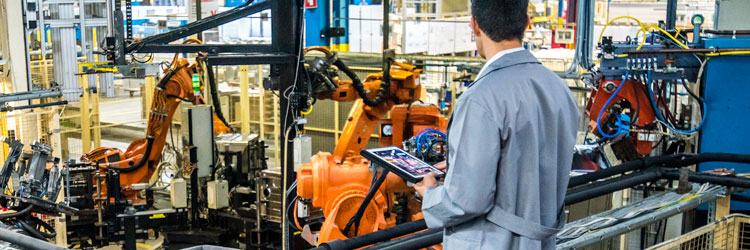

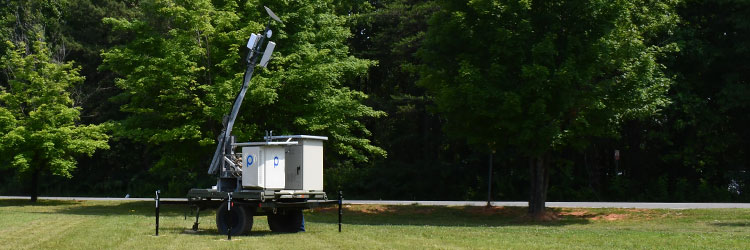



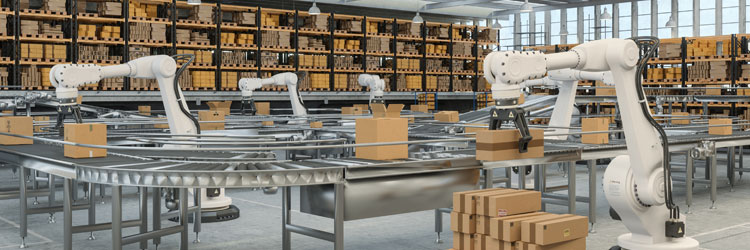

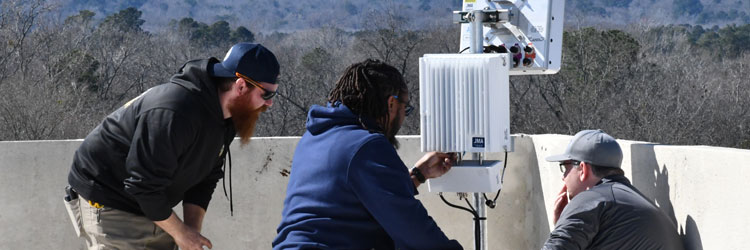
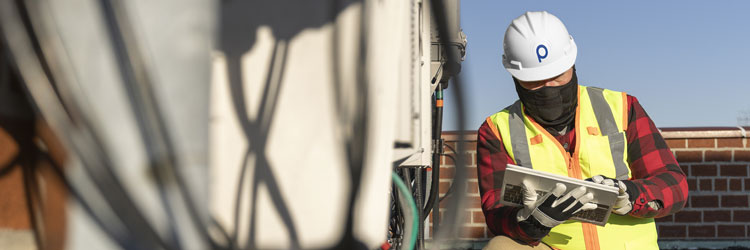

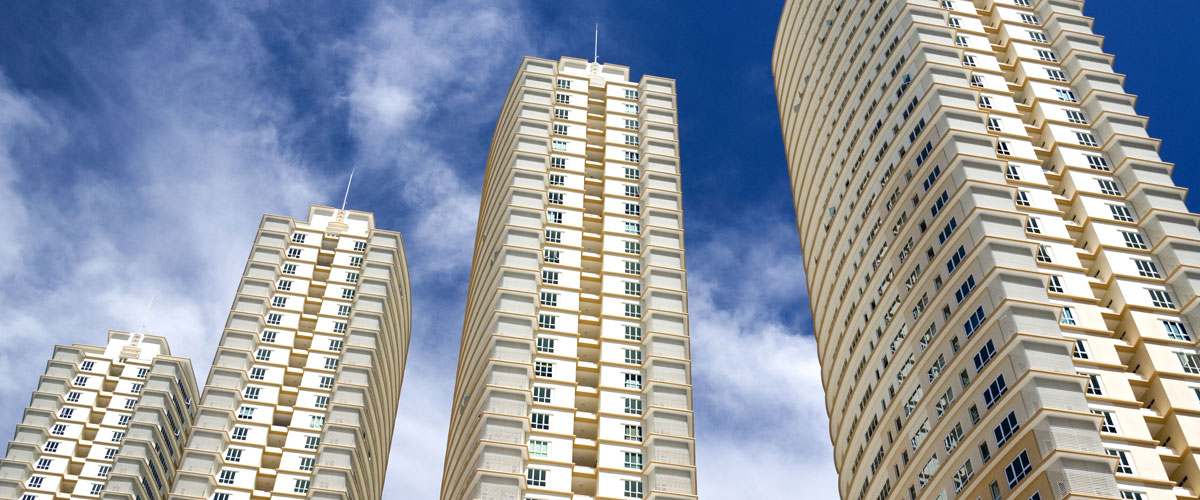
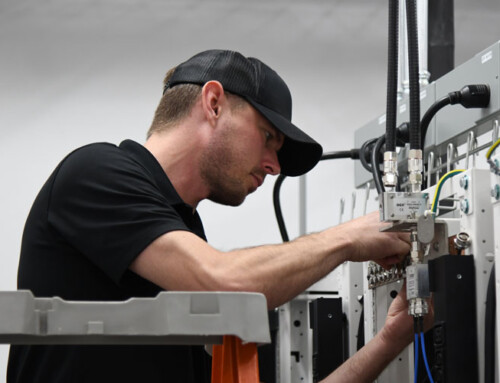
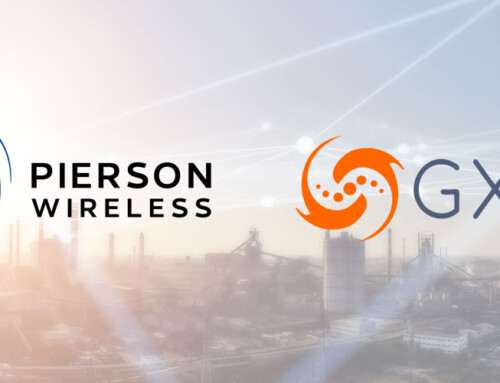





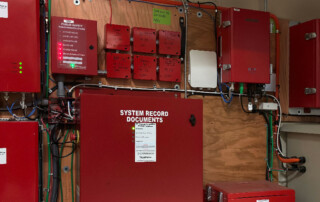

Leave A Comment